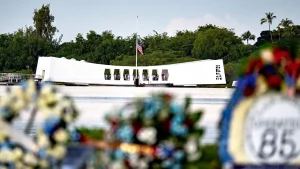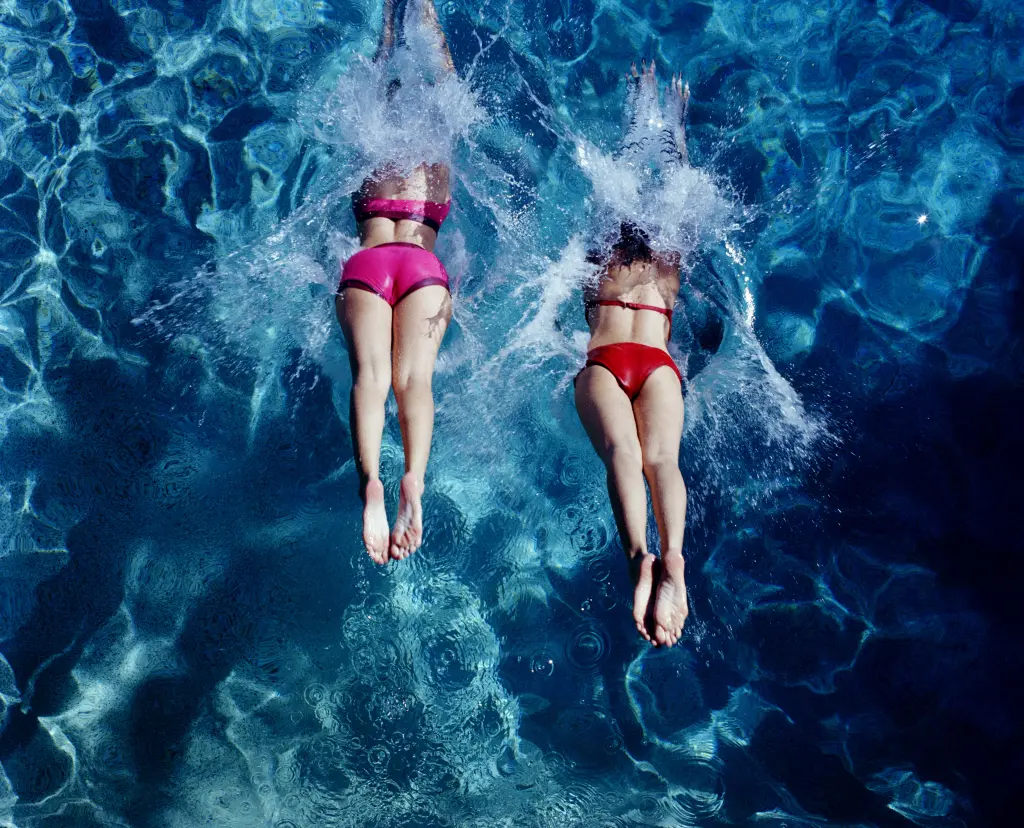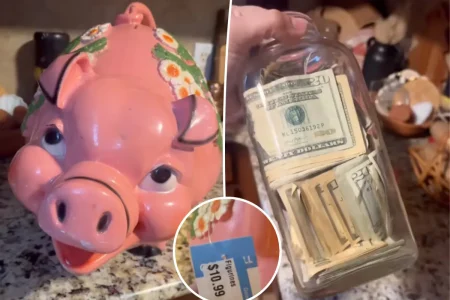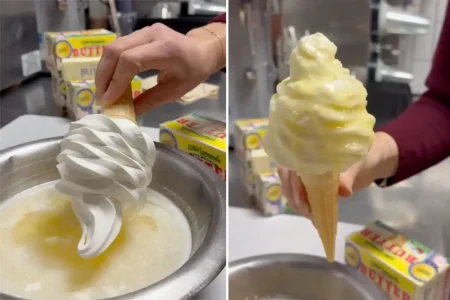The Rise of Cold Plunges: From Fringe Practice to Wellness Phenomenon
When Jonathan Leary, founder of Remedy Place and a functional medicine doctor, first introduced cold plunges in West Hollywood in 2019, the idea of willingly immersing oneself in 39-degree water was considered extreme. Fast forward to today, and this once-fringe practice has become mainstream, gracing everything from the Cannes Film Festival to the Kardashians’ backyard. “It’s been incredible to witness this shift,” says Leary, whose Remedy Place has expanded to four locations including Soho and Flatiron in New York, and recently Boston. The popularity of cold plunging is evident in social media, where Remedy Place’s #6MinuteClub hashtag has generated thousands of Instagram posts and millions of TikTok views, creating a virtual community of cold plunge enthusiasts who share their experiences and transformations.
The appeal of cold plunging stretches across celebrity circles, with devotees including Hailey Bieber, Harry Styles, Naomi Osaka, and Steph Curry. What draws them to this practice? According to experts, the benefits are both emotional and physical. New York internist and longevity expert Amanda Kahn explains that ice baths work by triggering a response to temperature shock, releasing stress-modulating chemicals and activating the vagus nerve, which helps regulate the nervous system. The result is reduced anxiety, improved mood, decreased inflammation, and enhanced post-workout muscle recovery. However, Kahn cautions that cold plunging isn’t for everyone. People with certain heart conditions, uncontrolled blood pressure, Raynaud’s disease, asthma, or seizure disorders should approach with caution or avoid it altogether. Additionally, in shared settings, hygiene and water quality remain important considerations, as cold temperatures don’t effectively kill bacteria.
While many cold plunge venues embrace community experiences, a new establishment called Saint in Chelsea, Manhattan, offers a different approach focused on privacy. With just four cozy-chic combination sauna-ice bath chambers accommodating up to three people each, Saint provides an intimate experience in its 1,100-square-foot space. Co-founder Alex Feldman describes these chambers as “personal sanctuaries” featuring walnut-clad dressing areas, Nordic-cedar saunas, Brazilian-slate ice baths, rain showers, and Italian-terrazzo floors. “We’re calling them rooms, or just ‘personal space’ — the rarest thing you can find in NYC,” Feldman explains. “Here, our days unfold between small, shared apartments and sprawling, crowded offices, and neither are a setting for the meditative, restorative power of true privacy.” This exclusive experience starts at $90 per visit, offering a sanctuary for those seeking solitude in their wellness journey.
In stark contrast to Saint’s private approach, Othership in Flatiron and Williamsburg creates an almost festival-like atmosphere around the cold plunge experience. Guests—referred to as “Journeyers”—participate in group “Experiences” that combine sauna sessions with ice baths and include unique elements like “towel waving” (the manual wafting of essential oils and heat), “vocal toning” (where participants are encouraged to hum, chant and make resonant sounds), and “self-massage” with gua sha tools to stimulate lymphatic drainage. This communal aspect transforms cold plunging from a solitary endurance test into a shared ritual, creating bonds between participants who collectively brave the extreme temperatures. The testimonials on Othership’s website reveal profound personal transformations attributed to these icy immersions, even though they typically last just minutes at a time. Drop-in sessions start at $64, making this wellness experience more accessible to curious newcomers.
Harry Taylor, co-founder of Othership, has observed how cold plunging has evolved from a curiosity to a scientifically supported wellness practice. “While the early wave of Wim Hof and celebrity interest helped introduce cold exposure to the mainstream, the conversation has shifted,” Taylor notes. The Dutch extreme athlete Wim Hof, nicknamed the “Iceman,” initially brought attention to cold exposure through his remarkable feats and appearances on platforms like Netflix’s Goop Lab. However, Taylor emphasizes that the practice has moved beyond personality-driven intrigue: “We now have a growing body of peer-reviewed research validating cold exposure as a tool for stress regulation, recovery and resilience. It’s no longer about personality or shock factor—though there definitely is a shock factor. People from all walks of life are integrating it into their routines because they feel tangible benefits.”
The cold plunge phenomenon represents a broader shift in our approach to wellness—moving from purely comfort-oriented practices to those that embrace controlled discomfort for greater rewards. This trend mirrors other popular wellness practices like high-intensity interval training, intermittent fasting, and contrast therapy, all of which involve some element of challenge or stress to the body. As cold plunging continues to gain mainstream acceptance, it demonstrates how our understanding of wellness has expanded to include practices that build resilience through temporary discomfort. Whether experienced in a private sanctuary like Saint or a communal setting like Othership, the practice offers a rare opportunity in our overstimulated world: a few minutes of intense presence where thinking about anything other than your breath and the sensation of cold becomes nearly impossible. In this way, cold plunging delivers not just physical benefits but also a form of enforced mindfulness—perhaps explaining why so many practitioners describe the experience not just as invigorating but profoundly transformative.















